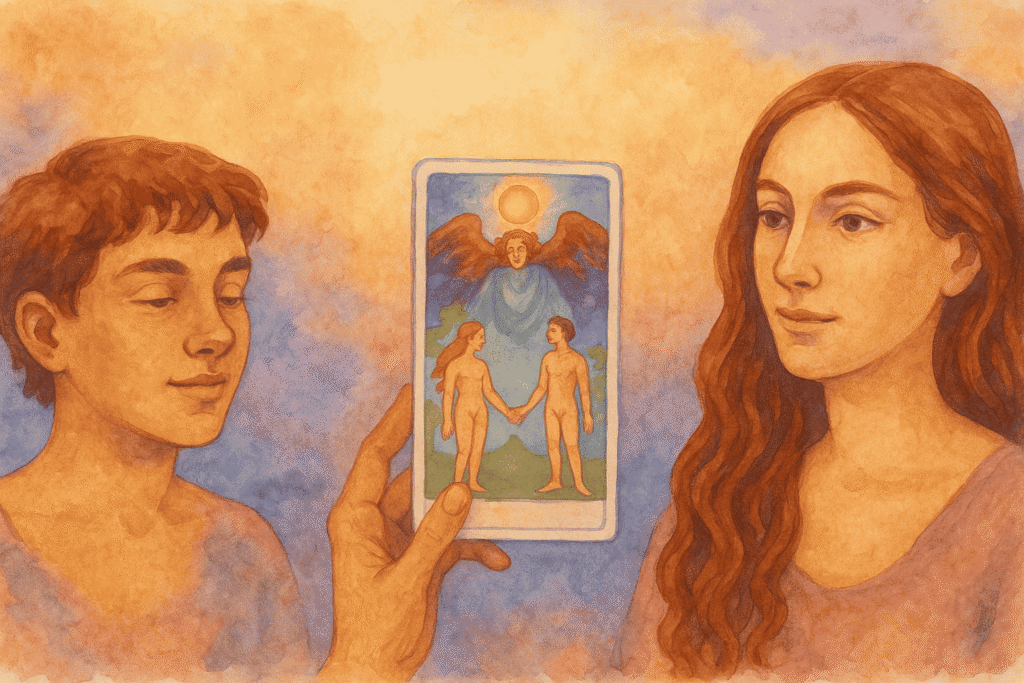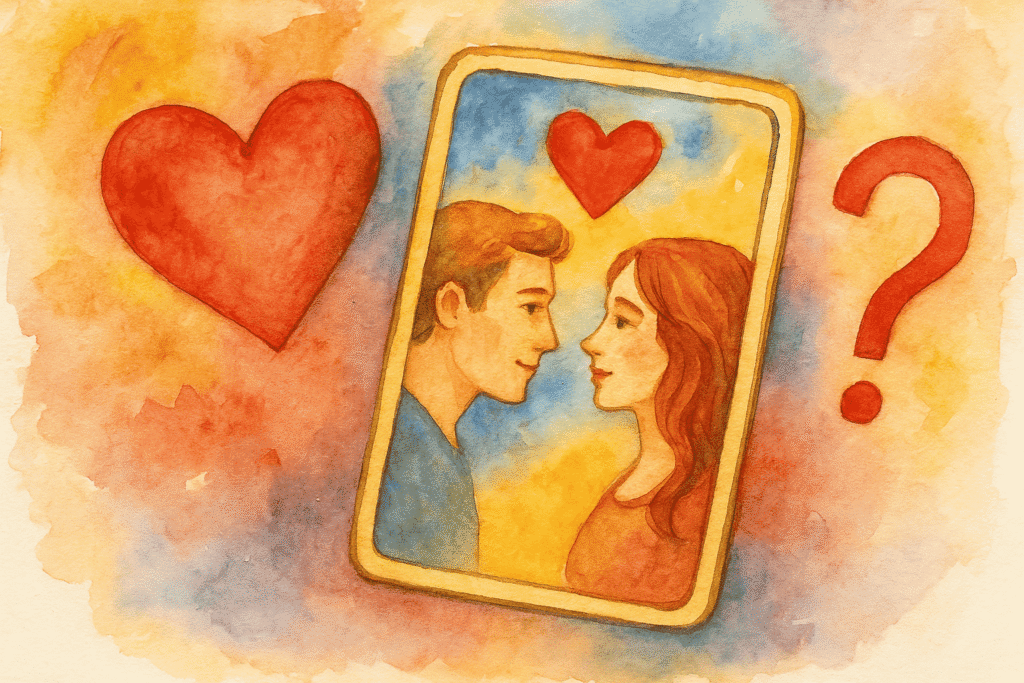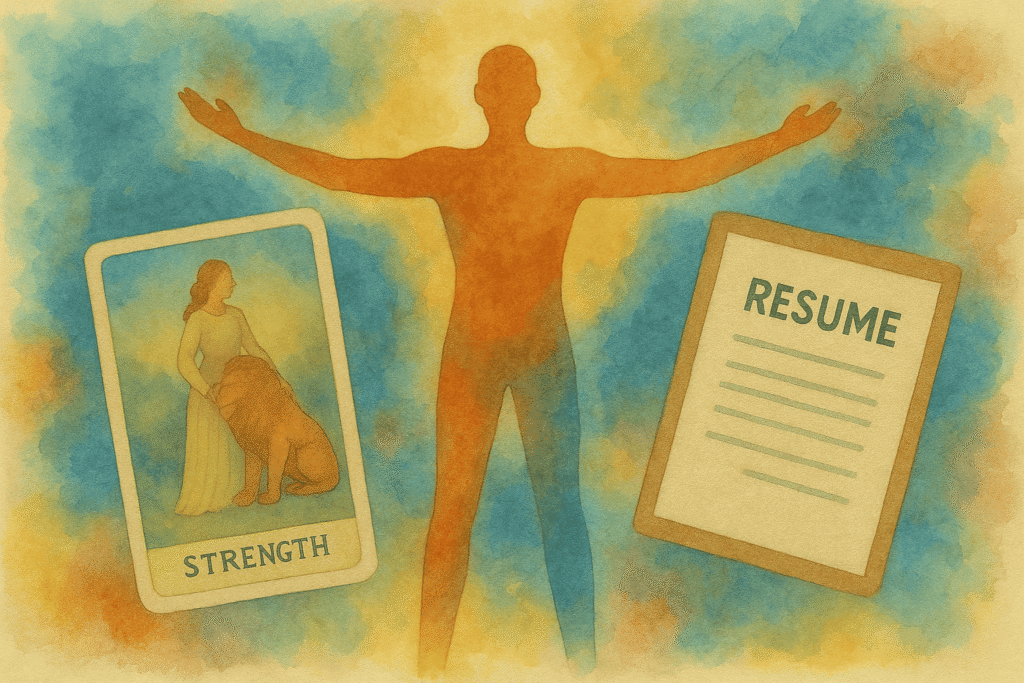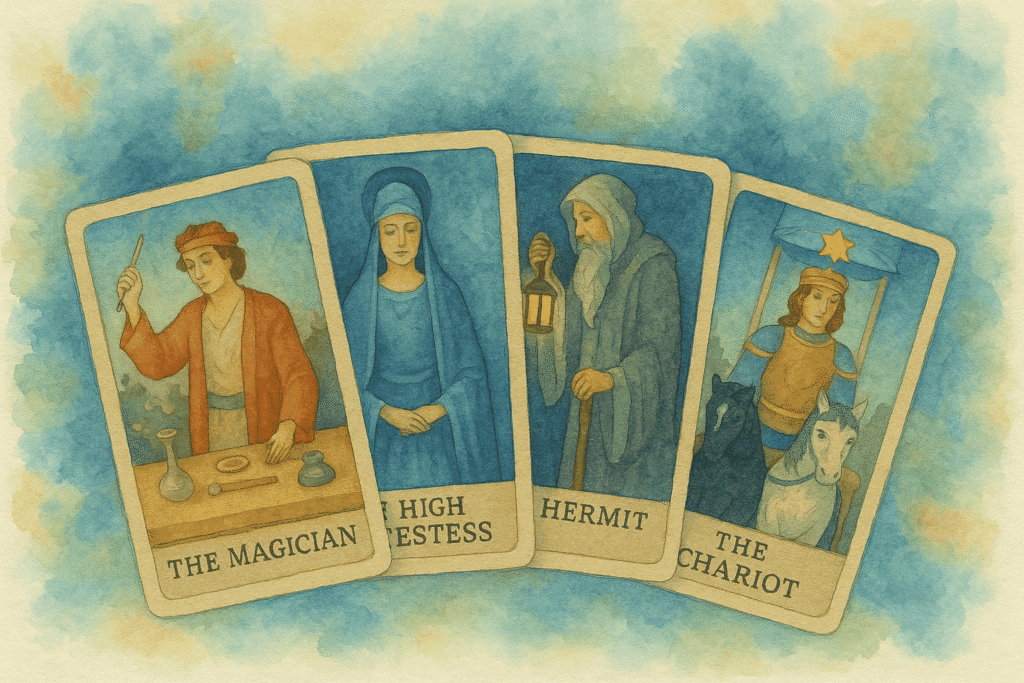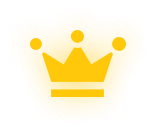Zodiac Signs and Tarot Cards: How Astrology Shapes Your Readings
In today’s fast-paced world, where uncertainty often looms large, many people are seeking guidance and meaning in their lives. The intertwining realms of astrology and tarot can offer profound insights, helping individuals navigate their personal journeys. Understanding the connections between zodiac signs and tarot cards enriches our readings, allowing us to delve deeper into our emotional landscapes and gain clarity on our paths ahead. The Cosmic Connection: Tarot and Zodiac Signs Each zodiac sign resonates with certain qualities and energies, reflecting unique traits and developmental themes. Similarly, tarot offers a rich tapestry of imagery and symbolism, particularly within the Major Arcana. By exploring these tarot zodiac associations, we can uncover profound meanings during our readings, making them not just insightful but also deeply personal. Zodiac Signs and Their Tarot Card Associations Let’s take a look at how each zodiac sign corresponds to specific major arcana cards: Aries (The Emperor): Aries, the bold and dynamic initiator, is perfectly matched with The Emperor, embodying authority and structure. This connection can emphasize concepts of leadership and taking charge of one’s destiny during readings. Taurus (The Hierophant): Grounded and practical, Taurus aligns with The Hierophant, a card representing tradition and spirituality. This pairing encourages reflection on values and the wisdom of ancestral teachings. Gemini (The Lovers): Communication and duality are Gemini’s strengths, making The Lovers an apt representative. This connection prompts the exploration of relationships and choices in love and life. Cancer (The Chariot): Cancer’s nurturing energy intertwined with The Chariot signifies emotional resilience. This association invites us to navigate challenges by harnessing our inner strength. Leo (Strength): Leo embodies courage and confidence, resonating with the Strength card. This pairing inspires self-acceptance and the cultivation of inner power. Virgo (The Hermit): Virgo’s analytical nature connects with The Hermit, a card of introspection and search for truth. This reflects the importance of solitude and reflection in personal growth. Libra (Justice): Libra, the sign of balance, aligns with Justice, emphasizing fairness and ethical considerations in decision-making processes. Scorpio (Death): Scorpio’s transformative energy is starkly represented by the Death card. This association celebrates endings as vital beginnings, encouraging rebirth and emotional evolution. Sagittarius (Temperance): Sagittarius embodies adventure and balance, aligning beautifully with Temperance. This connection promotes harmony while exploring new horizons. Capricorn (The Devil): Capricorn’s ambition connects with The Devil, symbolizing materialism and shadow aspects. Recognizing these can facilitate growth and release from unhealthy patterns. Aquarius (The Star): As a visionary sign, Aquarius resonates with The Star, a card of hope and renewal. This partnership encourages us to dream big and nurture our ideals. Pisces (The Moon): The intuitive Pisces connects with The Moon, emphasizing the subconscious and the world of dreams. This pairing invites deeper emotional explorations, enhancing the mystical aspect of any reading. Deepening Interpretations through Synchronicity Combining tarot zodiac signs enhances our readings by adding layers of insight and personalization. For instance, if you draw The Emperor during a reading and you’re an Aries, you may realize that this card isn’t just about authority but about stepping into your true power and taking command of your life with confidence. As you weave together the symbolism of your zodiac sign with tarot interpretations, you’ll find new dimensions to your experiences, guiding you toward growth. By integrating astrology with tarot, readings become mirrors reflecting not only your situation but also your inherent qualities and potentials. This synchronicity enables you to embark on a more transformative journey as you navigate through life’s complexities. Start Your Journey Today Are you curious to see how these powerful associations can illuminate your path? Taking the plunge into the realm of astrology and tarot can be enlightening. If you’re looking for a unique twist on tarot readings, explore free online AI tarot, which offers a modern approach to these age-old practices. In the quest for self-discovery, embrace the cosmic connections that tarot and astrology provide. Each card you draw and each sign you resonate with can lead you toward deeper understanding and clarity in your personal journey. Get a Free Reading References Smith, John. “The Influence of Astrology on Tarot Readings.” 2021. Johnson, Emily. “Exploring the Major Arcana and Zodiac Connections.” Psychology Today, 2022.
Zodiac Signs and Tarot Cards: How Astrology Shapes Your Readings Przeczytaj post »



